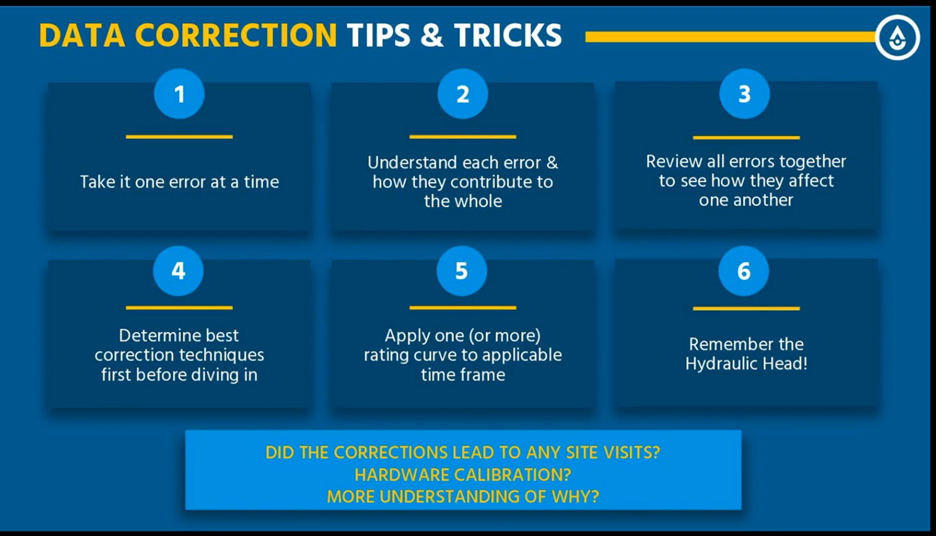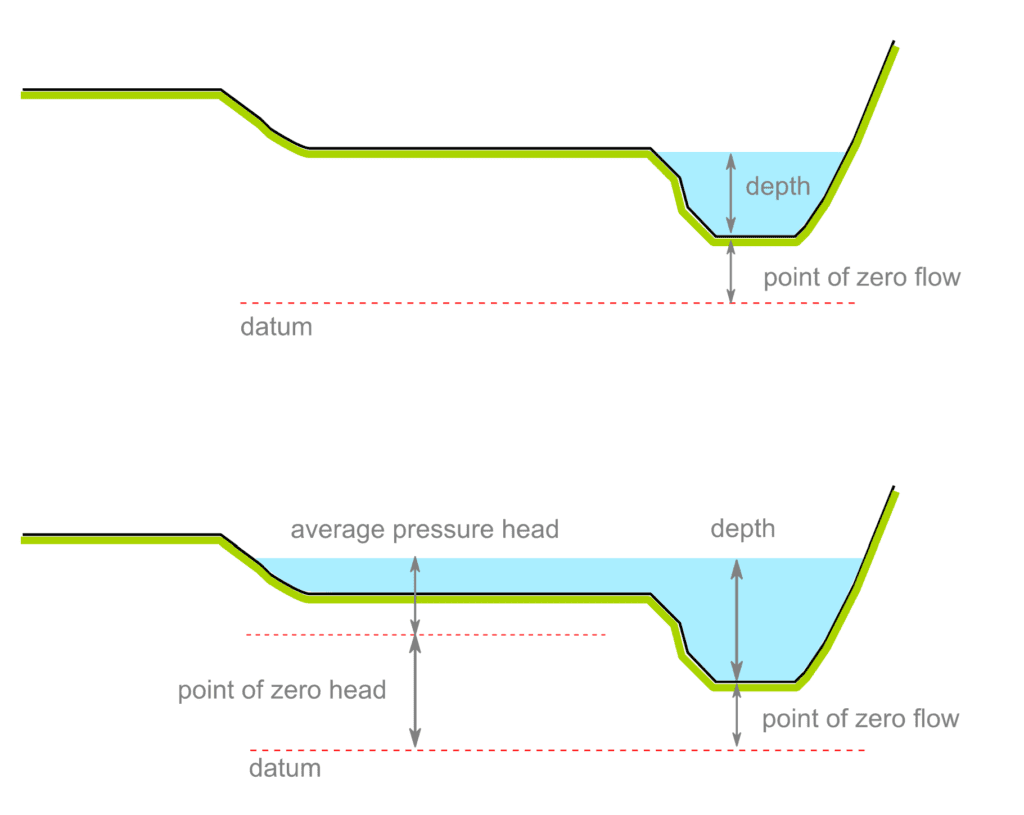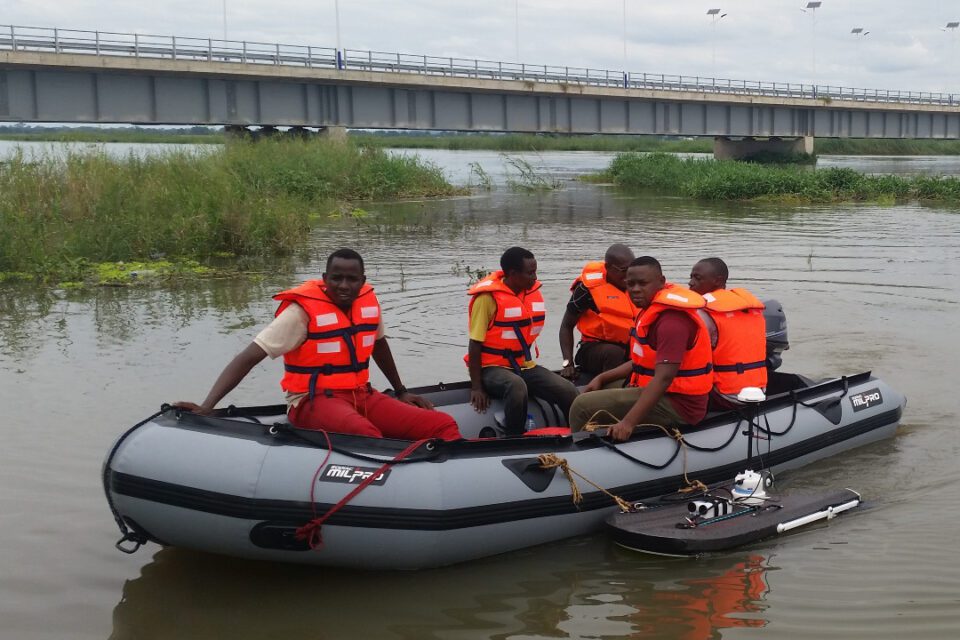The concept of defensible water data adds a new dimension to hydro-monitoring.
Water data are defensible when you can prove—in a court of law if need be—that these records are reliable and correct. I presume that a lawyer would add a sentence such as ‘to the best of our knowledge’, but I think you get the point.
Accurate information on the hydrologic regime of a river is required to inform water resources development and management decisions. Towards this end, hydrographers have been perfecting the practice of water data acquisition and streamflow monitoring for a long time now. But until recently this was almost exclusively a technical exercise; rarely a legal one.
A possible exception is transboundary water management, where parties have routinely used the tactic of disputing the validity of the streamflow records to delay negotiations on equitable and sustainable water allocation among riparians, if that would suit their purpose.
To prevent this tactic of ‘disputed data’ in a litigious world where water resources are increasingly scarce and water allocation decisions are increasingly scrutinized, water agencies are well advised to collect data that adhere to a high standard and that can, if needed, stand up in court.
This does not represent a fundamental shift in the way water agencies work—as most are already focused on producing high-quality data. Rather, it will entail a thorough review of the full data acquisition process to ensure that proper monitoring and reporting procedures are in place and are being followed. Hence, the trend towards producing ‘defensible data’ should be considered as an opportunity to review the current water monitoring practices and workflow and use this evaluation to redefine and reestablish the standard operating procedures and reinforce quality standards.
Note that defensible data are the sum of many complementary parts. Every step in the data acquisition process matters. The weakest link will determine the accuracy and reliability of the data.
Since no accreditation program for water data exists, each water agency will have to develop its own set of procedures. What would it look like?
It would comprise elements such as:
- Best possible station design and equipment
- Well trained hydrographers
- Systematic peer review of new data points and well-established and documented procedures for data approval
- An audit trail of all data acquisition and transformation steps; retention of the original (raw) data in an effective data management system
- Systematic collection of meta data on site conditions, instruments, procedures, data processing, and all other aspects of the data acquisition process
- A system to record and archive all the above information

Let’s be a bit more concrete and focus the remainder of this post on streamflow. After all, accurate information on the volume of water flowing in a river is arguably the most important input into most water resources management decisions. And measuring streamflow is difficult….
In essence, producing defensible streamflow data involves:
- Identify a suitable location for streamflow monitoring
- Select suitable monitoring instruments; design, build, and equip the hydrometric station to international standards
- Develop and maintain an accurate rating curve (this applies to stations without continuous discharge monitoring where discharge is derived from semi-continuous water level recordings—i.e., the overall majority of hydrometric stations); it is recommended to adopt ‘the hydraulic approach to rating curve development’ because this is the most robust and defensible methodology
- Ensure uninterrupted and automated flow of data from station to database and maintain a complete audit trail
- Establish robust QAQC protocols for all monitoring steps and ensure compliance; this includes peer-review of new data points and well-established procedures for data approval
- Accurate, complete, and immediate reporting—and archiving—of all elements of the workflow
- Dedicated and well-trained water professionals
In summary, defensible streamflow data is achieved through a combination of station location, station design, equipment, software, procedures, training, and dedicated staff. It’s a deliberate and concerted effort.
For hydro geeks only—calculate the offset
The formula below shows the ‘standard rating equation’ that is the corner stone of the hydraulic approach to rating curve development.

This methodology uses field observations of channel properties to suggest the shape of the rating curve and make an initial assessment of its coefficients. The curve is then calibrated with historic and current discharge data points. It results in a conceptual rating model that corresponds with the hydraulic characteristics of the control section and is therefore robust and very stable. And it is also defensible; not just a statistical relation.
Most hydrographers find it difficult to estimate the value for the offset for complex controls.
For a simple control, the offset is the ‘point of zero flow’. However, this is not the case for complex controls. Here the offset is the ‘point of zero head’ (PZH) since the pressure head represents the driving force for flow for sub-critical flow conditions.

The PZH for wide rivers approximates river stage minus the hydraulic mean depth (see figure below). Hence once you know the cross-sectional profile of the control section, you can calculate the PZH.

Training program
Elements of a training program to produce defensible streamflow data are presented below. These modules are tried and tested. More modules are being developed.
Module 1: Hydraulic Approach to Rating Curve Development
Section 1.1: basic hydraulics for rating model development (limited)
Section 1.2: hydraulic approach to rating curve development
Section 1.3: complex controls
Section 1.4: identifying hydraulic controls (case studies)
Section 1.5: site assessment (case studies)
Section 1.6: working in log-log space
Section 1.7: point-of-zero-head
Section 1.8: assessing overbank flow
Section 1.9: preparing for post-event flood analysis
Section 1.10: rating curve stability
Section 1.11: guidelines for strategic field measurement program
Section 1.12: field-visit check list
Section 1.13: rating curve versus optical flow sensor & continuous discharge monitoring
Section 1.14: reporting, review, and approval
Section 1.15: the riverscape
Section 1.16: field visit; identify hydraulic control; estimate coefficients of the standard rating equation through field observations; calculate the offset based on the cross-sectional profile of the control section
Module 2: Discharge Measurement with Hydro-Acoustic Instruments
Section 2.1: basic ADCP operation
Section 2.2: standard operating procedures (QAQC protocol, data approval, data archiving, reporting)
Section 2.3: ADCP operation under moving bed conditions
Section 2.4: loop method & stationary method
